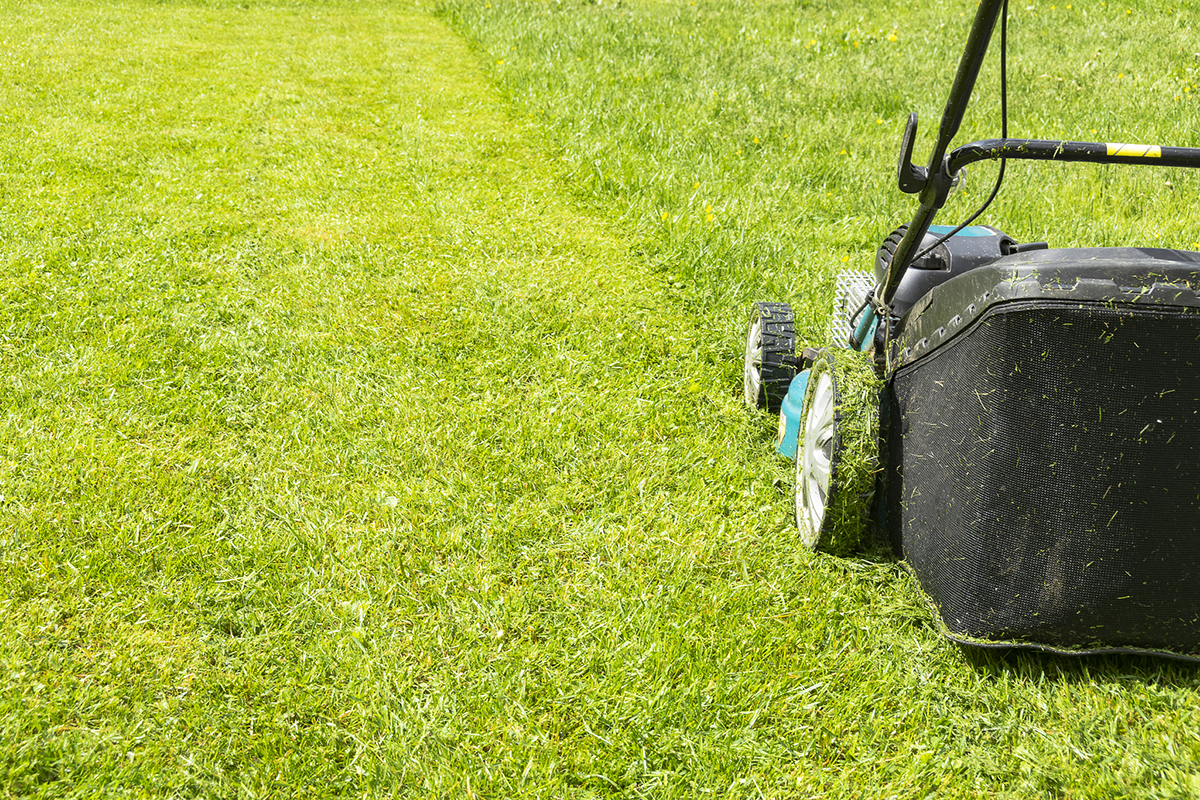pH imbalances in soil can often be the underlying cause of an unhealthy looking lawn. Soil pH levels that are too acidic or too alkaline can impair how well your lawn absorbs vital nutrients like nitrogen, phosphorus and potassium. Ideally your soil should sit between 6 and 7 on the pH scale. However the ideal soil pH can vary for particular varieties, so make sure you consult your local turf supplier for advice.
How to test your soil
Testing soil pH is quick and easy, and will give you the answers you need to fix lawn that may need invigorating. Follow our step-by-step guide on how:
1. Gear up
You can pick up a soil pH testing kit (which includes a liquid pH indicator, a white powder and a pH colour chart) for about $20 from your local hardware store or nursery. You will also need a teaspoon and a clean white surface like a spare tile or old plate.
2. Grab your samples
Test soil samples from two or three spots across the lawn. Choose a patch that appears to be thriving, and another that looks a little worse for wear – it could be a pH imbalance causing distress. Dig out a teaspoon of soil from just under the surface and place on your tile or plate.
3. Get testing
Squeeze a few drops of the liquid pH indicator on each soil sample, followed by a sprinkle of the powder. Wait about 30 seconds and you will see the powder start to change colour. Grab your pH chart and match the colours to the scale.
4. Analyse results and take action
Anywhere between 6-7 on the scale is ideal. If your soil is on the acidic side (below 6), you need to add some dolomite lime. Or if your soil is more alkaline (above 7), apply the patch with compost or manure to bring the pH back to normal.
With dolomite lime, use about a handful per square metre to get the best result. Be sure to water it into the lawn well. For the alkaline soil, rake organic matter like compost through your lawn. It will help balance it back out. Cow manure is fine but always double check with your local nursery for the best advice for your area.
You should re-test your soil every six months to ensure the ongoing health of your lawn.




